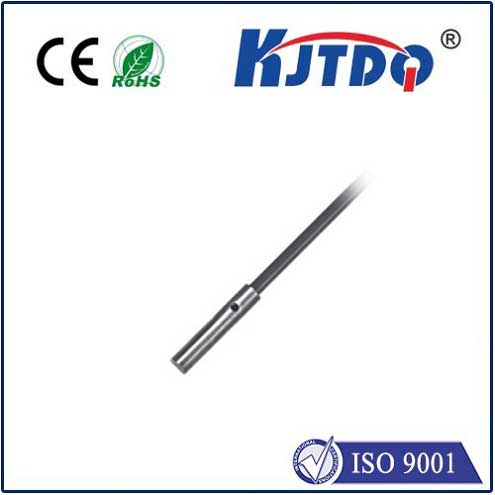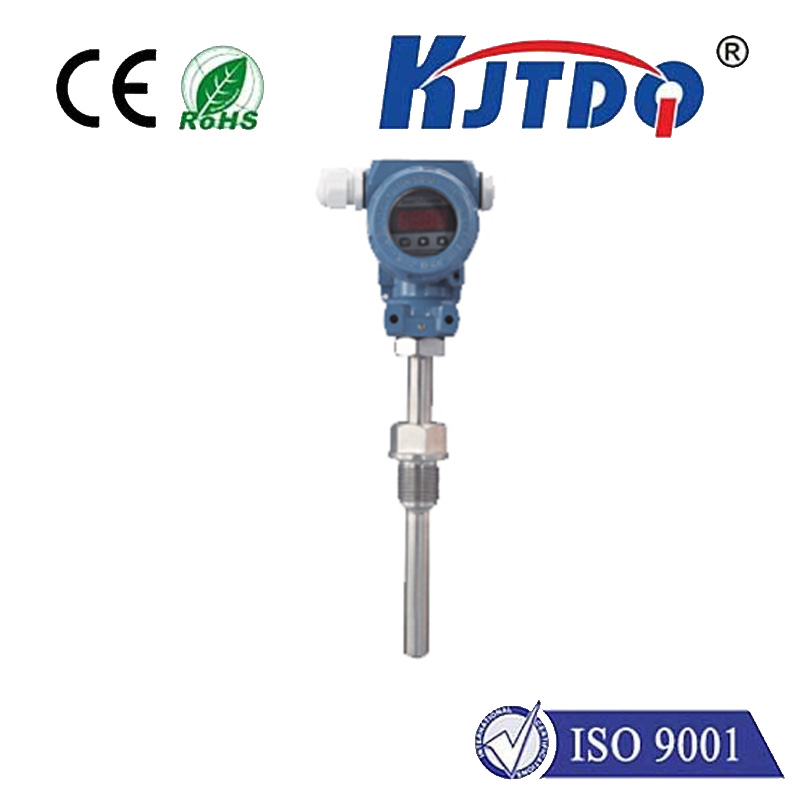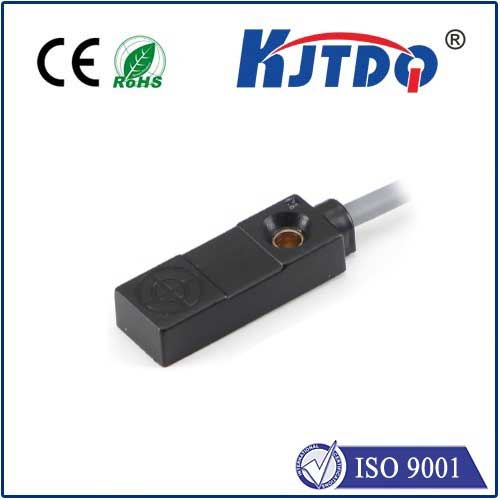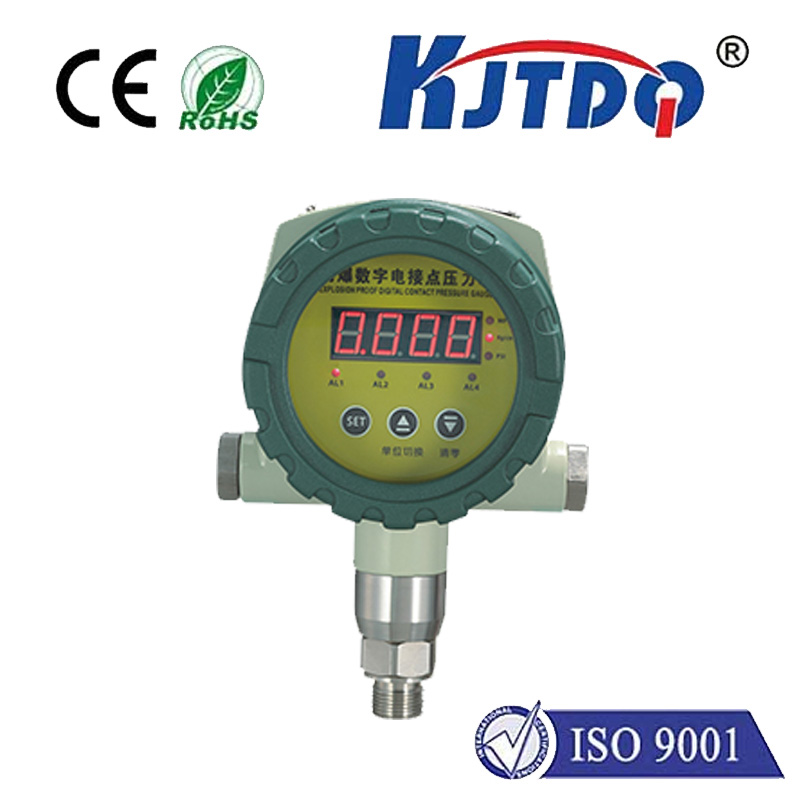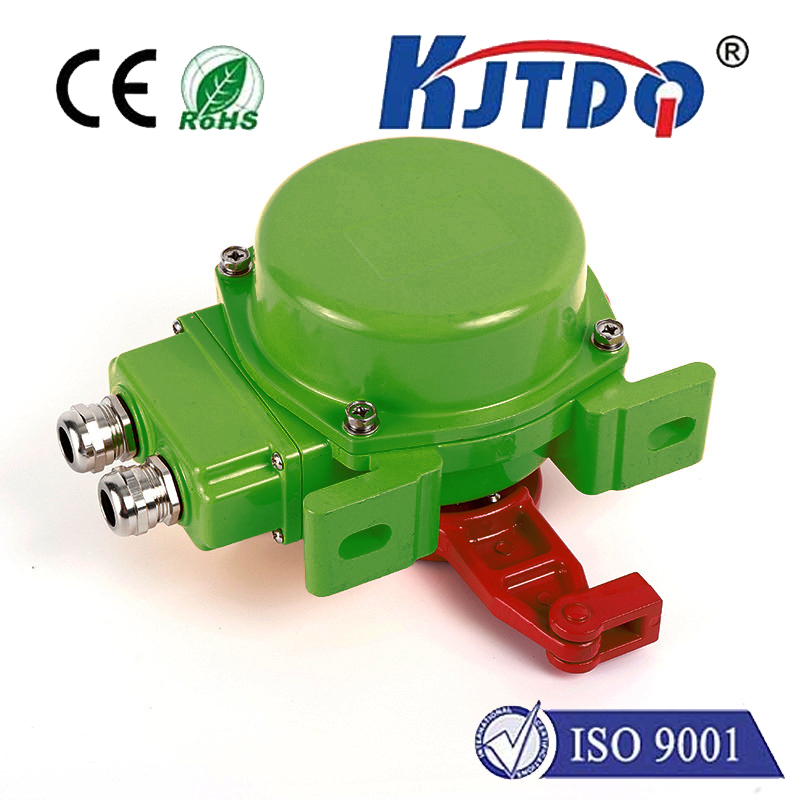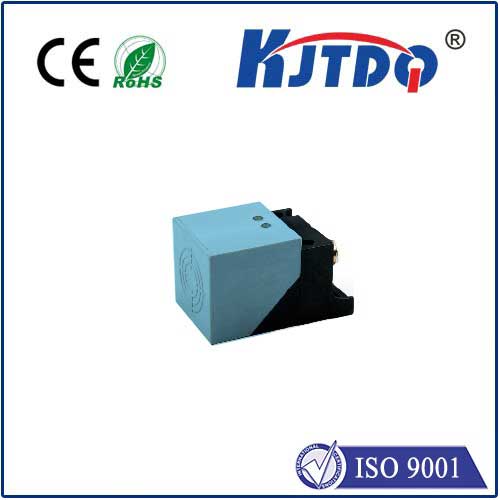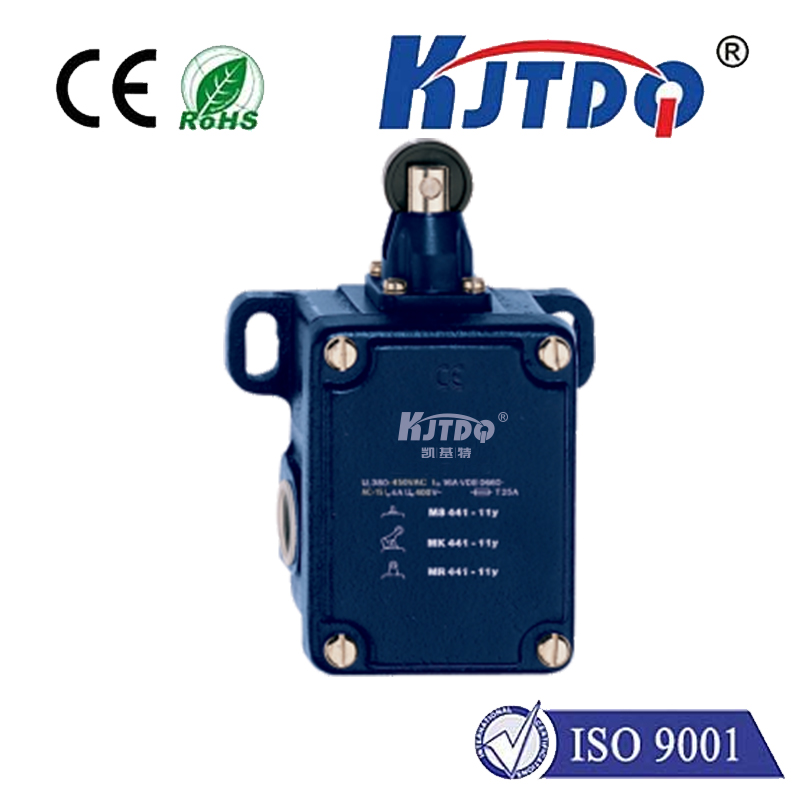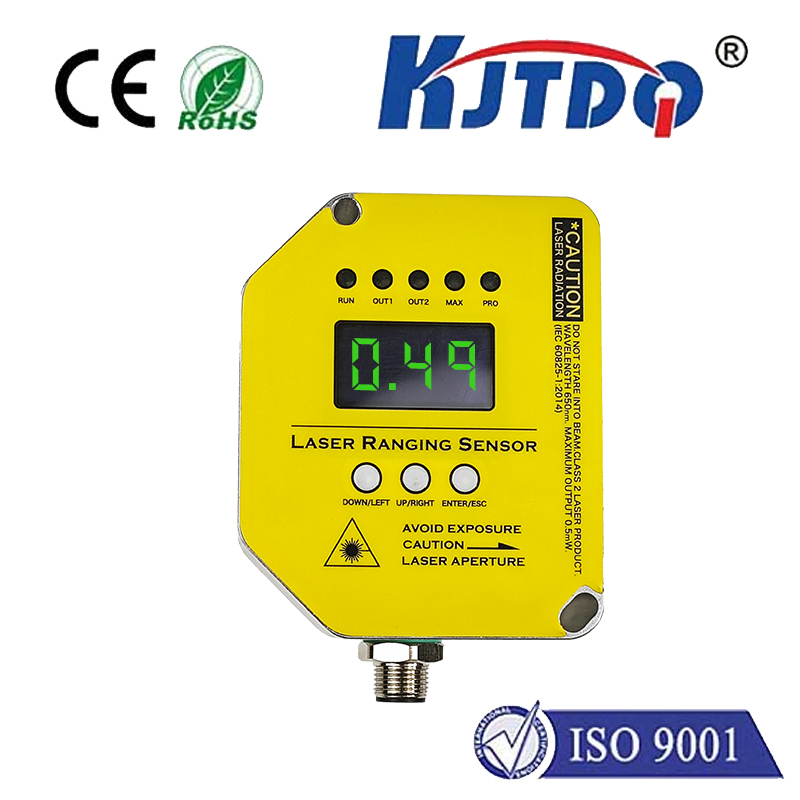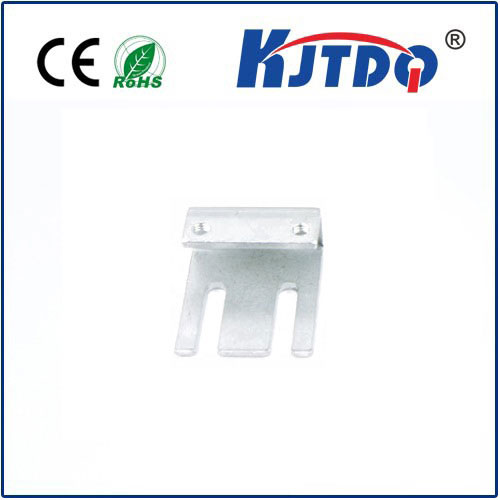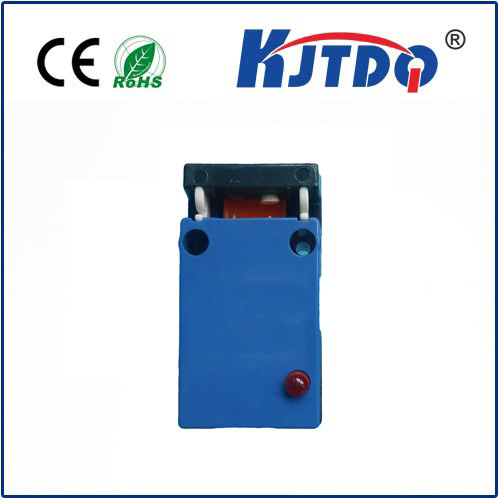
check

check

check

check
As our world becomes increasingly digital, the demand for innovative technologies that enhance our daily lives is on the rise. Among these cutting-edge inventions is the contact proximity sensor, a small device with immense capabilities to transform the way we interact with technology. This essay aims to explore the fascinating world of contact proximity sensors and their potential to revolutionize various industries.
At its core, a contact proximity sensor is a type of infrared sensor that can detect physical contact between two objects. These sensors are often integrated into smartphones, tablets, and other devices, allowing users to perform tasks like touchless payments, hand-free navigation, and even gesture recognition. By leveraging the power of contact proximity sensing, manufacturers have been able to design devices that offer a more intuitive and seamless user experience.
One of the most significant advantages of contact proximity sensors is their ability to accurately detect physical proximity without requiring any physical interaction. This feature has made them ideal for use in applications where it is crucial to minimize physical contact, such as during the ongoing global pandemic. For example, contactless payment systems that leverage contact proximity sensors have become increasingly popular, providing a safe and hygienic way for customers to make purchases.
Another area where contact proximity sensors are proving to be invaluable is in the field of augmented reality (AR) and virtual reality (VR). By tracking the position and movement of users' hands, these sensors can create highly immersive and interactive experiences that were previously impossible. This technology is already being used in gaming and entertainment applications, as well as in medical training and simulations. As AR and VR technologies continue to evolve, it is likely that contact proximity sensors will play an increasingly important role in enhancing these experiences.
In addition to their practical applications, contact proximity sensors also have numerous potential benefits for healthcare. By detecting physical contact between medical equipment and patients, these sensors can help prevent the spread of infections and reduce the need for manual disinfection. They could also be used to monitor vital signs and alert healthcare professionals if there are any changes, potentially improving patient outcomes and reducing the workload on healthcare providers.
However, despite the many benefits of contact proximity sensors, there are also some challenges associated with their implementation. One of the primary concerns is privacy, as these devices collect sensitive data about users' physical activities. To address this issue, developers must ensure that user data is collected and stored securely, with appropriate encryption measures in place. Additionally, ensuring accurate sensor readings requires careful engineering to avoid false positives or false negatives.
In conclusion, contact proximity sensors represent a powerful innovation that has the potential to transform various industries by enhancing our interactions with technology. Their ability to accurately detect physical proximity without requiring any physical interaction makes them ideal for use in applications where minimizing physical contact is critical. As technology continues to evolve, it is likely that contact proximity sensors will play an increasingly important role in shaping our digital future. However, addressing concerns related to privacy and accuracy will be crucial to realizing their full potential.
